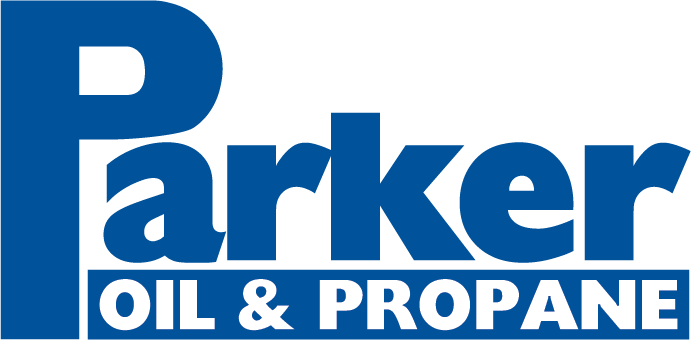DIY Home Energy Audit Tips
While turning to the professionals to determine where your home is losing energy and where and how you can save, you can conduct your own simple, yet thorough, walk-through and spot many problems in your home. It may not be as diligent as a professional home energy assessment, but it can help you sort out some of the areas you can easily address.
Use these tips to prioritize your energy efficiency upgrades!
· Locate Air Leaks by making a list of where an air leak occurs. Reducing these drafts can save you anywhere from 10%-20% a year on energy costs! Some key places to look are along the baseboard or edge of the flooring, windows, doors, lighting and plumbing fixtures, and switches and electrical outlets.
· Seal Air Leaks by plugging and caulking holes or penetrations for faucets, pipes and wiring. Also, look for cracks and holes in the foundation and siding.
· Check Insulation wherever you can, especially in the attic. Heat loss can be significant through ceilings and walls if the insulation levels are less than the recommended minimum. If the attic hatch is located in the ceiling, make sure it is as heavily insulated as the attic, is weather stripped, and closes tightly.
· Inspect Your Attic while checking the insulation levels and check to see if any items such as pipes, ductwork and chimneys need to be sealed up. If so, you can seal any of these gaps with an expanding foam caulk or some other permanent sealant. When sealing gaps around chimneys or other heat producing devices, be sure to use a non-combustible sealant!
· Change Your Lighting if you use incandescent light bulbs. They give off the most heat when compared to other bulbs. LED light bulbs are super efficient and very bright – they also do not get hot to the touch.
Running your own home energy assessment is a good way to figure out where all your energy is going, the expert technicians at the Parker Oil Company can help you figure out what your next steps should be in putting those extra energy dollars back into your pocket with a heating system evaluation! Contact us online today to learn more about how we can help.




